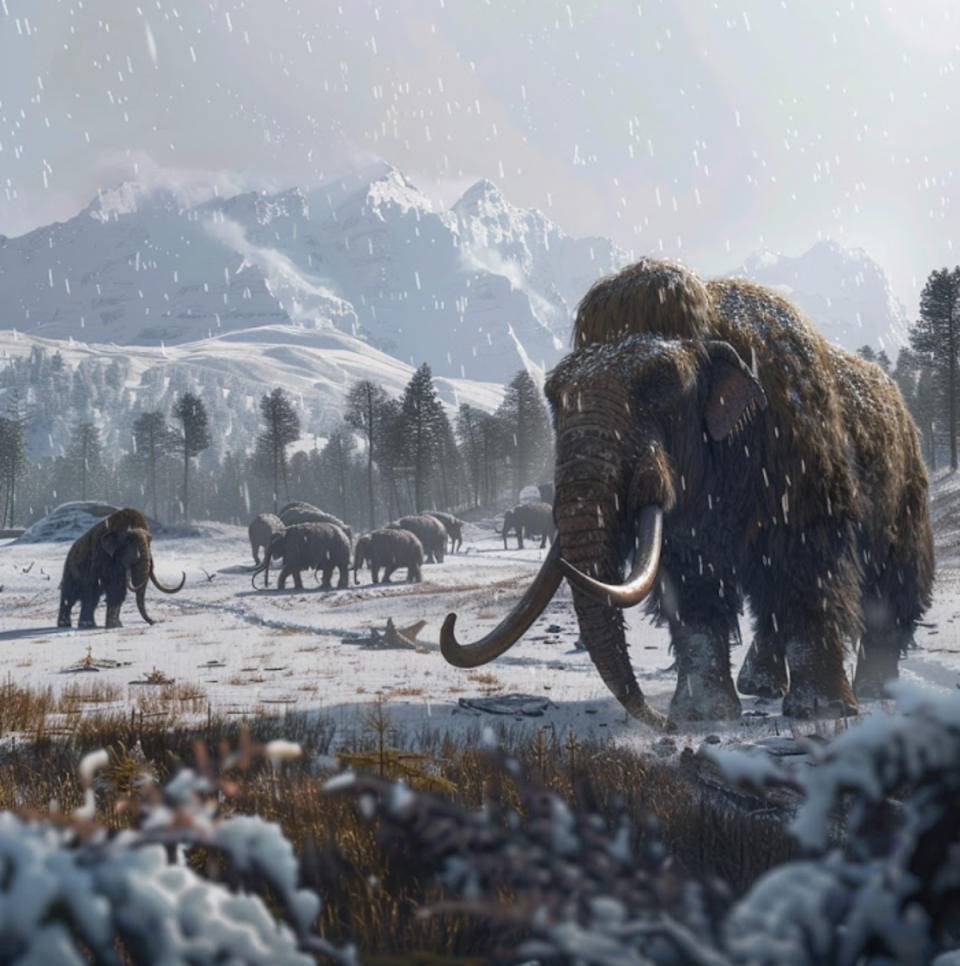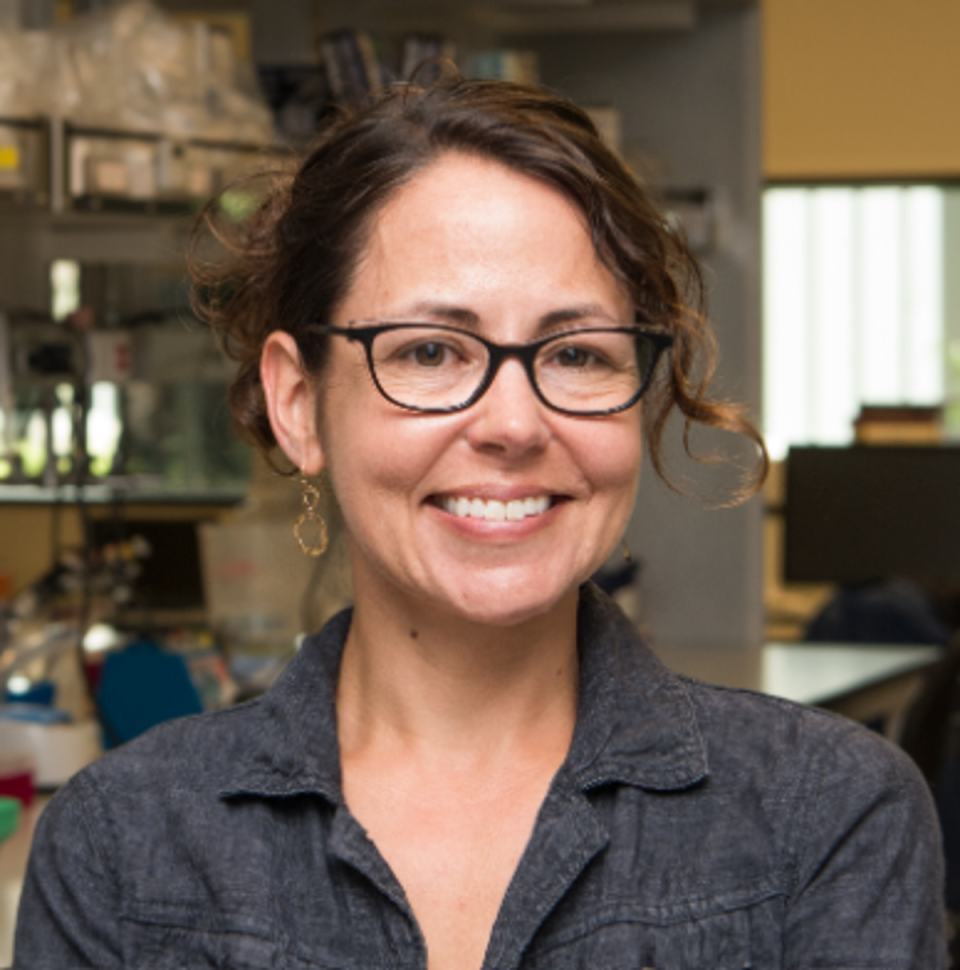The US scientists bringing back the Woolly Mammoth - Tech & Science Daily podcast
It has been some 4,000 years since woolly mammoths roamed the earth.
The giant Ice Age beasts have long fascinated scientists, but we only see bones, artists’ impressions and cartoons hinting at depictions of the modern elephant’s tusked ancestors.
Now, Ben Lamm, CEO of US biotech firm Colossal Biosciences has revealed more details about their controversial mission to bring woolly mammoths back from extinction.
In this episode of the Tech & Science Daily podcast, Ben reveals details of the future birth of a lab-created mammoth calf - and even plans to bring the dodo back from the dead.
Despite the obvious connection with Jurassic Park, Lamm said he is serious about their mission, after founding Colossal Biosciences in 2021 with American geneticist Professor George Church.
He said: “In Jurassic Park, they were taking dino DNA, old DNA, and then they were trying to fill in the holes using frog DNA and all these other things.
“Think of us as doing the exact reverse.”

In the last three years, the company’s scientists have been using advanced gene editing techniques, including Crispr ‘genetic scissors’, to find new ways of taking key DNA traits from ancient animals and fusing them with DNA of their closest modern-day relatives.
Traits in mammoths include long hair and a tolerance for the cold, which the company hopes to ‘edit’ into the DNA of modern Asian elephants, in a bid to create an altered species able to live in wintry climates.
Lamm said: “Asian elephant (DNA) is 99.6 per cent the same genetically as a woolly mammoth, it’s the closest living relative.
“Then we’re doing a lot of computational analysis and AI and computer assisted software so that we can understand what genes made a mammoth, a mammoth.”
He added: “We’re looking at specific genes that we’re ‘de-extincting’ and putting them back into the Asian elephant genome.”
So, when can we expect the first Colossal-created woolly mammoth calf born in thousands of years?
Lamm said: “The only date that we set out there is 2028 for our first mammoth calves. We feel very good about it.
“What I will tell you is, with 22 months of gestation for mammoth, it was most likely not the first species that will be born.”

The biotech firm is currently working on a conservation project aiming to “engineer lost genes and genetic diversity” and boost populations of endangered northern white rhinos.
But they’re also working on resurrecting the thylacine, more commonly known as the Tasmanian tiger - and even the dodo.

Molecular biologist Dr Beth Shapiro, the firm’s newly-hired chief scientific officer, said: “In the case of the dodo, the closest living relative of the dodo is something called a Nicobar pigeon, and we have a really nice high quality genome from a Nicobar pigeon, and then we take these tiny little grubby short fragments of dodo DNA and using a computer, we figure out where on that Nicobar genome, this little tiny piece of dodo DNA is most likely to match.”
“Then we do that billions of times until eventually we’ve built, kind of using a scaffold, what the dodo genome looked like.”
Listen above, find us on Apple, Spotify or wherever you stream your podcasts.


